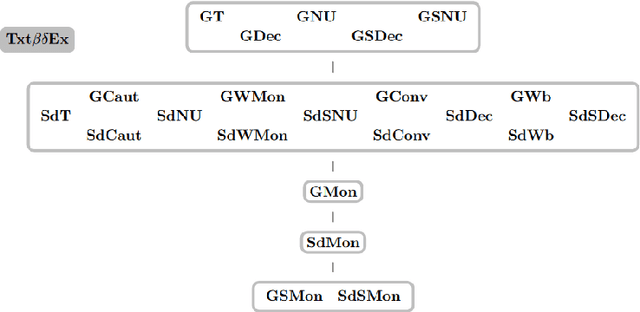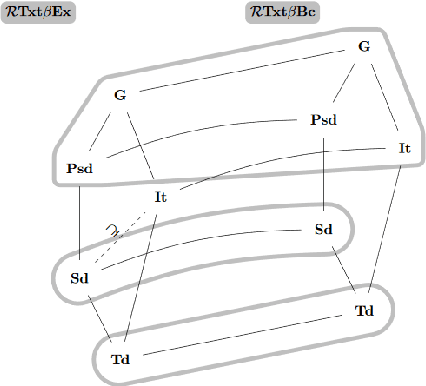Lars Seifert
Single-Peaked Jump Schelling Games
Feb 23, 2023



Abstract:Schelling games model the wide-spread phenomenon of residential segregation in metropolitan areas from a game-theoretic point of view. In these games agents of different types each strategically select a node on a given graph that models the residential area to maximize their individual utility. The latter solely depends on the types of the agents on neighboring nodes and it has been a standard assumption to consider utility functions that are monotone in the number of same-type neighbors. This simplifying assumption has recently been challenged since sociological poll results suggest that real-world agents actually favor diverse neighborhoods. We contribute to the recent endeavor of investigating residential segregation models with realistic agent behavior by studying Jump Schelling Games with agents having a single-peaked utility function. In such games, there are empty nodes in the graph and agents can strategically jump to such nodes to improve their utility. We investigate the existence of equilibria and show that they exist under specific conditions. Contrasting this, we prove that even on simple topologies like paths or rings such stable states are not guaranteed to exist. Regarding the game dynamics, we show that improving response cycles exist independently of the position of the peak in the utility function. Moreover, we show high almost tight bounds on the Price of Anarchy and the Price of Stability with respect to the recently proposed degree of integration, which counts the number of agents with a diverse neighborhood and which serves as a proxy for measuring the segregation strength. Last but not least, we show that computing a beneficial state with high integration is NP-complete and, as a novel conceptual contribution, we also show that it is NP-hard to decide if an equilibrium state can be found via improving response dynamics starting from a given initial state.
Maps for Learning Indexable Classes
Oct 15, 2020

Abstract:We study learning of indexed families from positive data where a learner can freely choose a hypothesis space (with uniformly decidable membership) comprising at least the languages to be learned. This abstracts a very universal learning task which can be found in many areas, for example learning of (subsets of) regular languages or learning of natural languages. We are interested in various restrictions on learning, such as consistency, conservativeness or set-drivenness, exemplifying various natural learning restrictions. Building on previous results from the literature, we provide several maps (depictions of all pairwise relations) of various groups of learning criteria, including a map for monotonicity restrictions and similar criteria and a map for restrictions on data presentation. Furthermore, we consider, for various learning criteria, whether learners can be assumed consistent.
 Add to Chrome
Add to Chrome Add to Firefox
Add to Firefox Add to Edge
Add to Edge